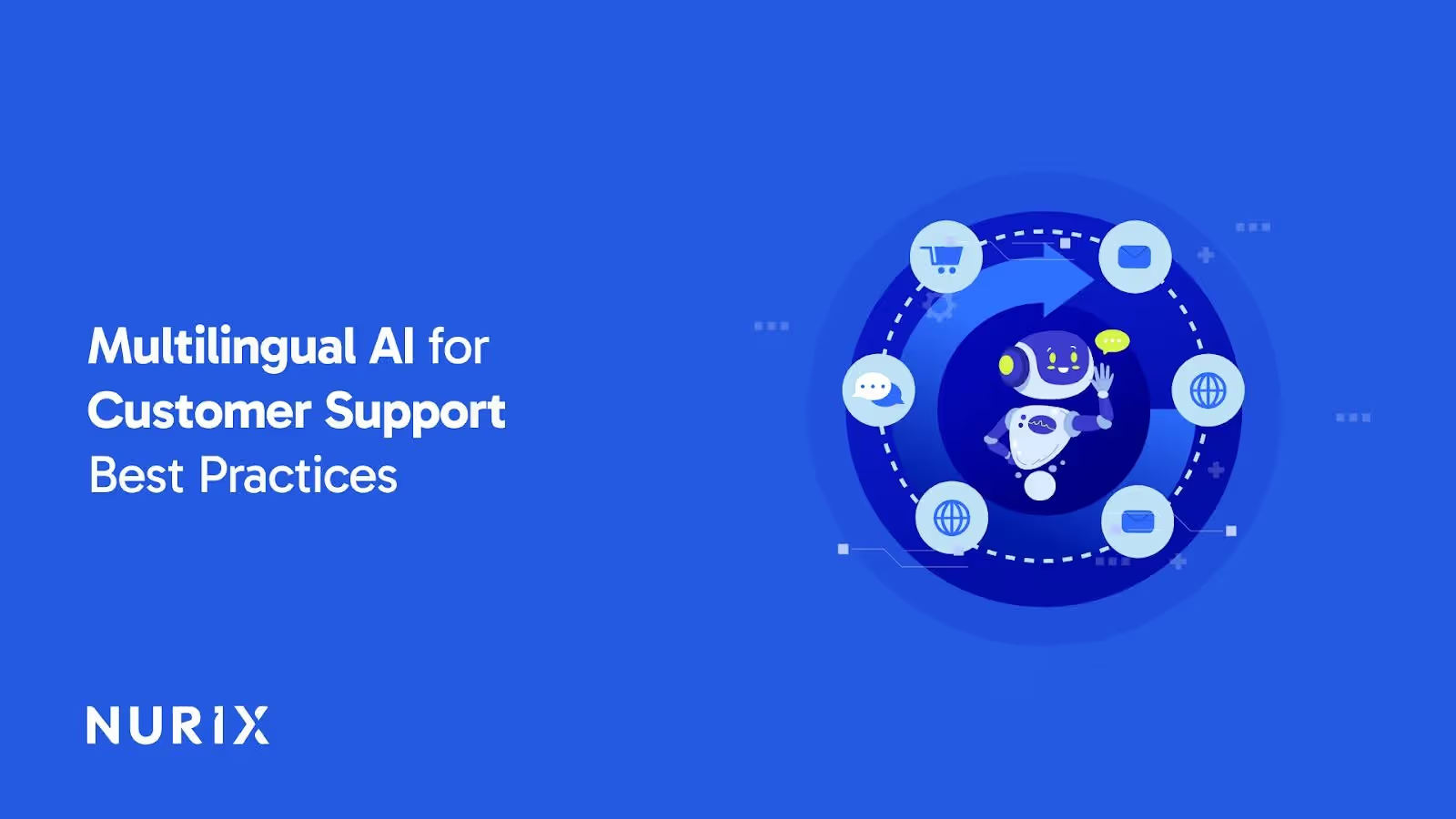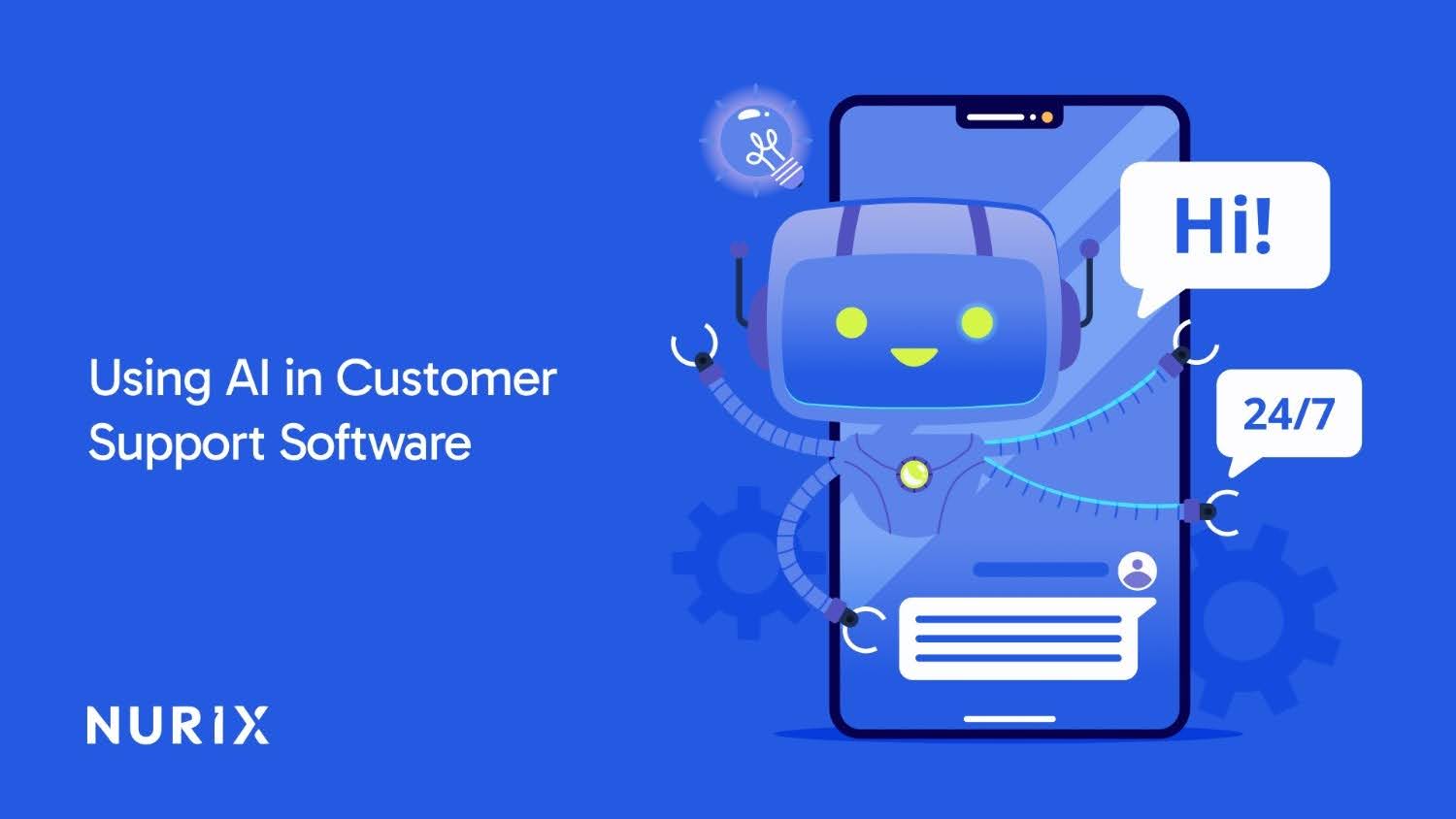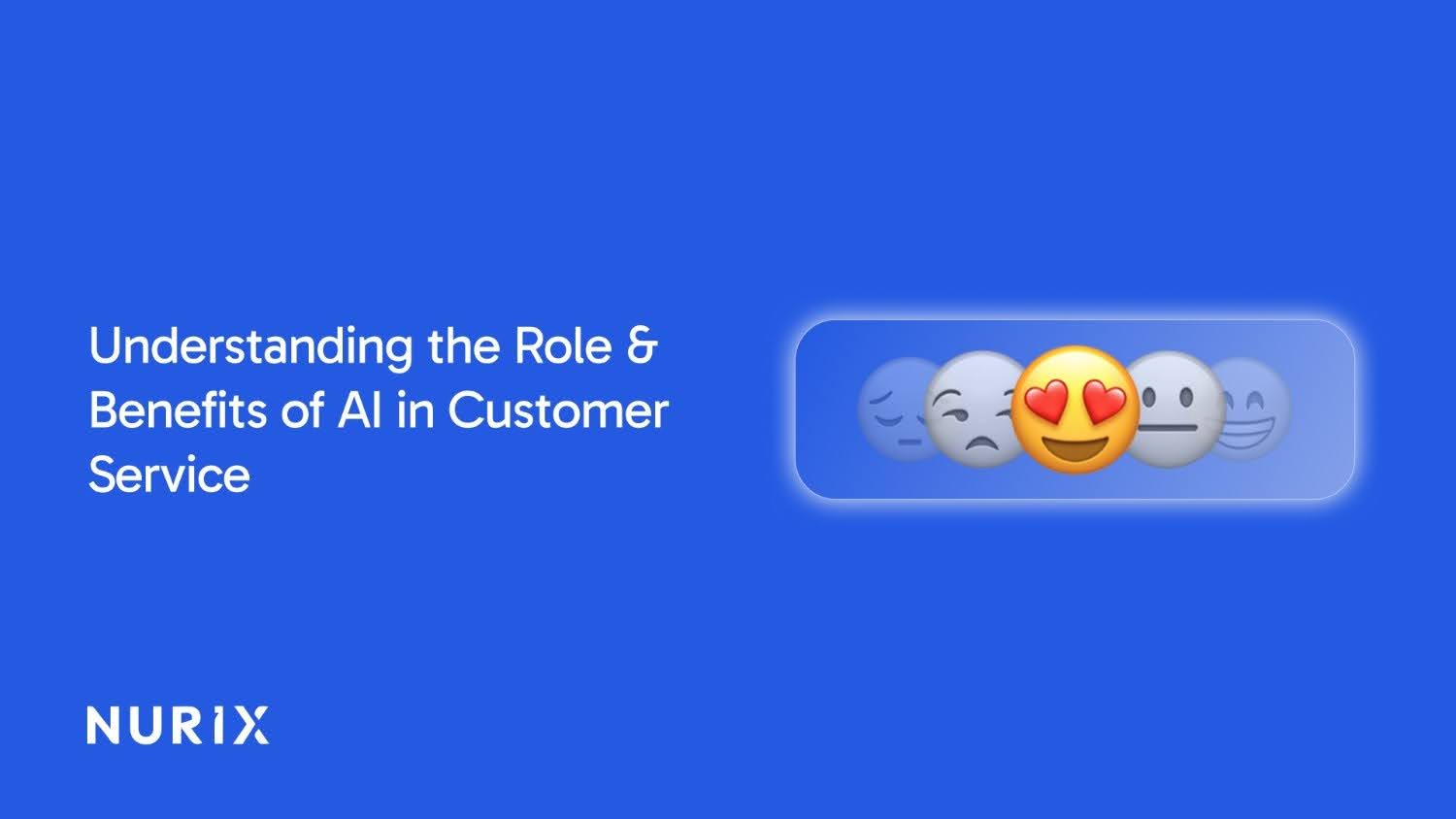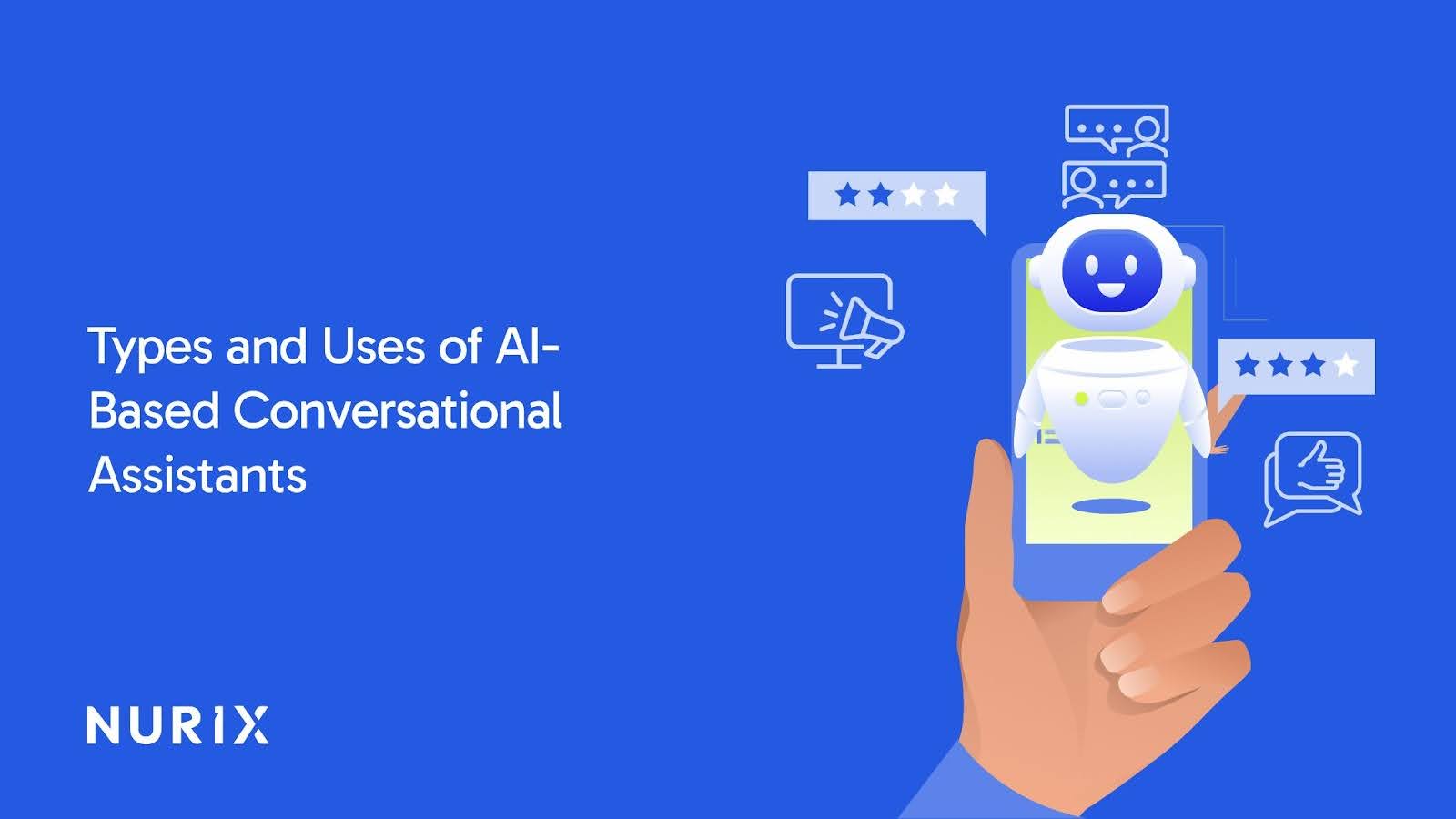As global operations expand, it’s becoming increasingly challenging to deliver personalized, efficient support at scale. Customer support teams often face the challenge of managing inquiries in multiple languages across various time zones. By the end of 2025, 80% of customer interactions globally are expected to be managed by AI, making multilingual chatbots an essential tool for both scalability and inclusivity.
In this blog, we will explore best practices for implementing multilingual AI customer service agents. We’ll discuss how to choose the right technology, ensure smooth integration, and create personalized experiences that maintain customer satisfaction.
Key Takeaways
- Multilingual Support at Scale: AI customer service agents handle queries in multiple languages, ensuring accurate, timely responses for global engagement.
- Contextual Understanding: AI agents recognize intent, tone, and context, delivering personalized, human-like interactions.
- Cost-Effective Scalability: Multilingual AI enables business growth without added staff, reducing operational costs.
- Human Review for Accuracy: Human oversight ensures AI delivers precise, culturally sensitive responses for complex issues.
- 24/7 Availability: AI agents provide round-the-clock support, offering consistent, localized assistance across time zones.
What Are Multilingual AI Customer Service Agents?
A multilingual AI customer service agent is a sophisticated tool designed to engage with customers in multiple languages, offering support that feels natural and personalized. Powered by advanced technologies like Natural Language Processing (NLP) and large language models (LLMs), these agents are far more than just translation tools.
A multilingual AI customer service agent can instantly adapt to provide personalized assistance across text, voice, and messaging platforms, making every interaction feel human.
Also Read: How is AI Transforming Customer Support?
Next, let’s understand how multilingual AI customer service agents actually work.
How Multilingual AI Customer Service Agents Work
Multilingual AI customer service agents handle real-time conversations across languages with accuracy and context. Here’s a closer look at how they operate:
- Real-Time Language Detection: Agents identify the customer’s language and regional dialects, including mixed-language input such as Hinglish or Spanglish. No manual selection is needed, ensuring smooth interactions.
- Intent Recognition and Translation: The system interprets the meaning and tone behind customer queries, using contextual understanding to avoid literal translation errors.
- Response Generation: AI Agents create accurate, natural replies in the same language, delivered via chat, voice bots, WhatsApp, or IVR according to customer preference.
- Context Retention Across Conversations: Agents remember previous exchanges and maintain continuity, even if customers switch topics or languages mid-session.
- Integration with Systems: Agents connect with CRMs, ticketing systems, and knowledge bases, utilizing historical data to provide relevant and informed responses.
This approach ensures multilingual AI customer service agents provide consistent, context-aware support that feels natural and reliable.
Now that you understand how these agents operate, let’s compare them to traditional IVRs to highlight the key advantages.
Multilingual AI Customer Service Agents vs. IVRs
Multilingual AI customer service agents are enhancing customer support by offering personalized solutions that enhance efficiency across diverse markets. Here’s a comparison between these multilingual agents and traditional IVRs.
While IVRs can help manage simple queries, multilingual AI agents offer advanced capabilities that improve customer satisfaction.
Also Read: How AI Voice Calls Are Changing Customer Interactions
Now that we’ve compared AI agents with IVRs, let’s explore the key benefits of multilingual AI for customer support.
Benefits of Multilingual AI Customer Service Agents
Implementing multilingual AI customer service agents offers several advantages that directly impact customer satisfaction.
- 24/7 Global Support: Serve customers in any time zone and language without hiring additional local staff. AI agents handle increasing volumes seamlessly, ensuring no query goes unanswered.
- Consistent Brand Voice: Maintain the same tone, vocabulary, and quality across all languages. Unlike outsourced teams or human translators, support stays aligned with your brand standards.
- Lower Operational Costs: Reduce reliance on large support teams, BPOs, or third-party translation services.
- Enhanced Customer Satisfaction and Loyalty: Support in a customer’s preferred language leads to faster issue resolution, higher customer satisfaction (CSAT) scores, and stronger long-term loyalty.
- Personalized and Localized Support: AI agents also consider cultural nuances, idioms, and regional preferences to provide a natural, human-like experience.
- Competitive Advantage: Offering multilingual support positions your business for new markets and sets you apart from competitors limited to English-only interactions.
- Boost Internal Team Productivity: With routine queries handled, human agents can focus on complex issues. Tools that provide real-time translations support single-language agents in effectively assisting any customer.
This approach ensures faster resolutions and stronger relationships, helping your business meet the demands of a diverse customer base.
However, to reap these benefits, you’ll need to know how to implement a multilingual AI customer service solution effectively. Here’s how you can do that.
How to Implement a Multilingual Customer Support AI Agent
Implementing a multilingual AI customer support agent doesn’t need to be overwhelming. Follow this comprehensive step-by-step roadmap for a smooth launch:
1. Assess Your Audience’s Language Needs
Understanding your audience’s language preferences is key to building an effective multilingual support strategy.
- Analyze support tickets and website traffic: Review data to understand which languages your customers use frequently and identify regions showing growth potential.
- Use customer surveys: Send surveys to gather feedback from your customers, ensuring your language strategy aligns with their preferences and needs.
2. Select the Right AI Partner
Choosing a reliable AI partner is crucial for success. Look for:
- Multilingual NLP and LLM capabilities: The AI should effectively handle multiple languages, ensuring accurate responses across all channels.
- CRM/helpdesk integration: Seamless integration with your existing tools ensures consistent workflows.
- Voice and text support: A robust solution should cater to both written and voice-based interactions.
- Emotion and tone detection: This ensures the AI can recognize and adapt to emotional context, offering personalized responses.
With Nurix AI’s multilingual capabilities and seamless system integration, you can scale customer support, delivering personalized, timely experiences to meet your global audience’s needs.
3. Train the AI on Your Knowledge Base
The AI should be equipped with your company’s information to provide reliable support. Ensure training on:
- Product FAQs: AI should be able to handle frequently asked questions with precision.
- Help center articles: Provide access to self-service resources for customers.
- Customer conversation logs: Feed the AI with past conversations to improve its understanding of queries.
- Localization rules: Incorporate time zones, currency formats, and cultural references to make interactions feel more local.
4. Run Pilot Tests
Before launching globally, fine-tune the AI with real customers.
- Test in key markets: Track the AI’s performance and ensure quality interactions.
- Monitor First Response Time (FRT): Measure response speed and impact on customer satisfaction.
- Collect CSAT feedback: Regularly gather feedback on language fluency, tone, and accuracy of responses.
5. Monitor, Iterate, and Scale
After launch, continuous monitoring and improvements are essential.
- Analyze data: Regularly evaluate AI interactions to identify areas for improvement.
- Expand gradually: Once you’ve perfected the initial languages, extend support to other languages and platforms like WhatsApp or IVR.
6. Add Multilingual Self-Service Resources
Not every customer wants to engage with an agent. Help customers solve issues independently by providing:
- Multilingual FAQ chatbot: Address common issues in multiple languages, reducing support tickets and providing instant resolutions.
- Multilingual knowledge base: Offer well-maintained, diverse resources in text, audio, and video formats.
7. Consider Voice Support
Voice assistants like Siri and Alexa set customer expectations for instant support. Conversational voice bots can enhance your offering by:
- Multilingual voice bots: Allow customers to use voice commands in their preferred language for a more accessible experience.
- Seamless transitions: Enable users to switch between voice, chat, or email during the conversation.
Following these steps and using the right AI tools helps to implement a multilingual customer support agent that enhances customer satisfaction and drives operational efficiency.
Here’s a related video that may interest you: Transforming a Training Manual into a Conversational AI Assistant | First Mid Insurance x Nurix
Once you’re familiar with the implementation process, let's explore the best practices for making your multilingual AI system work smoothly.
Multilingual AI Customer Service Best Practices
The following best practices will improve customer satisfaction and help businesses scale their support operations without compromising quality.
1. Create a Multilingual-First Culture
Always consider translation when producing content. Use clear, plain language and avoid slang or idiomatic expressions that may not work across languages. This makes content easier to translate and more accessible for all customers, regardless of their language.
2. Combine AI and Human Review
While AI can handle routine tasks, human oversight ensures accuracy, especially with tone, nuance, and cultural context. Work with native speakers to review key content, such as FAQs or help center documents, for optimal results.
3. Involve Multilingual Agents in Style Guide Creation
If you have multilingual staff, engage them in creating a language-neutral style guide. Their insights help prevent misunderstandings and ensure clarity across multiple languages.
4. Establish Cross-Cultural Communication Guidelines
Different cultures have different communication norms. Understanding these differences ensures that your support team communicates effectively and respectfully with a global customer base.
5. Clearly Communicate Availability Across Time Zones
Multilingual support often means serving customers across multiple time zones. Ensure customers know when to expect assistance, and provide self-service options when live support isn’t available. Adjust your team’s availability based on the regions you serve.
Implementing these best practices will enhance your multilingual AI customer service strategy, creating a better experience for your customers and your support teams.
Ready to take your multilingual customer support to the next level? Nurix AI can help you scale efficiently and effectively. Let’s understand how.
Scale Support Globally with Nurix AI
At Nurix AI, we understand the importance of seamless, efficient, and personalized support for your global customer base.
Here’s how Nurix AI can help:
- AI-Powered Multilingual Support: Handle customer interactions across multiple languages, ensuring accurate, timely responses every time.
- Real-Time Decision Support: Our AI agents assist your teams in making informed, context-sensitive decisions, improving productivity.
- Seamless Integration: Easily integrate our AI solutions into your existing systems, ensuring smooth workflows and better resource management.
- 24/7 Availability: Offer round-the-clock support with AI-powered agents that work in any time zone, ensuring your customers always feel valued.
- Scalable Solutions: As your customer base grows, our AI technology scales with you, adapting to new languages and markets without extra overhead.
- Advanced Data Insights: Utilize actionable insights from AI-driven data analysis to optimize customer interactions and business decisions.
Let Nurix AI help you deliver consistent, high-quality support to your customers, no matter where they are or what language they speak.
Conclusion
Incorporating multilingual AI into your customer support strategy is no longer optional for businesses aiming to scale globally. Following the best practices covered in this guide can help your company improve customer experiences across diverse markets.
Nurix AI’s solutions offer seamless integration and the ability to handle interactions in multiple languages, ensuring your team can focus on delivering exceptional service.
If you’re ready to enhance your customer support and scale efficiently across languages, Nurix AI is here to help. Schedule a demo today!










